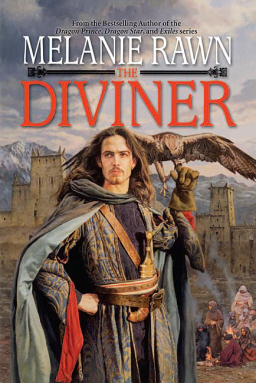The Paris Fashion Week of Fantasy Games, Part II
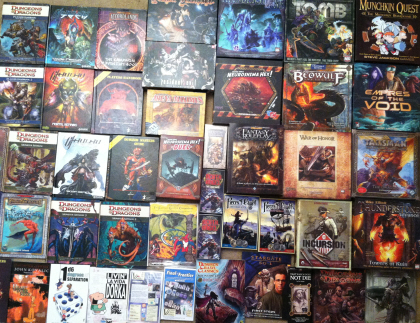
Last Monday I talked a little bit about the Fall Games Auction at Games Plus in Mount Prospect, Illinois. I compared it to Paris Fashion Week because, much like a fashion show, it’s an opportunity to see everything new all in one place.
And not really in a leisurely, browsing-in-a-bookstore fashion, either. While you’re gawking at a fabulous fantasy game you never even knew existed, people all around you are bidding in a frenzy, intent on making sure you never see it again. On average, you get an 8 to 10-second glimpse at each treasure before it’s gone forever.
Unless you outbid all those other bastards, of course.
There’s a perfectly natural outcome to this mad situation. It’s known as “auction fever.” Don’t ask how I know this. (I refer you, without comment, to my March article on my last trip to Games Plus, “Spring in Illinois brings… Auction Fever.”)
In any event, I attended the Fall auction with much greater spousal oversight over my finances, and severely diminished resources. Still, I was able to come away with a host of treasures, and a lenghty list of exciting new science fiction and fantasy games to track down and investigate.
I’m not going to turn this into a catalog of new games I discovered over the span of five hours. For one thing, that would take a lot of pixels. Instead, I think I’ll focus on the most interesting items I brought home with me, and a few of the tantalizing ones that got away.
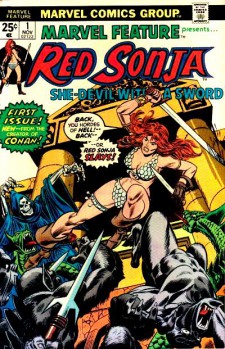


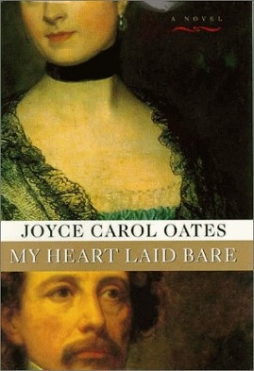 For the past three weeks, I’ve been looking at Joyce Carol Oates’s Gothic Quintet, in preparation for the publication of the fifth book in the sequence, The Accursed, set for next March. I started off with 1980’s
For the past three weeks, I’ve been looking at Joyce Carol Oates’s Gothic Quintet, in preparation for the publication of the fifth book in the sequence, The Accursed, set for next March. I started off with 1980’s  I spoke to some creative writing students at a local university last Friday and I tried to tell them something it took me a long time to understand: when you begin your writing career, you’re joining a community.
I spoke to some creative writing students at a local university last Friday and I tried to tell them something it took me a long time to understand: when you begin your writing career, you’re joining a community.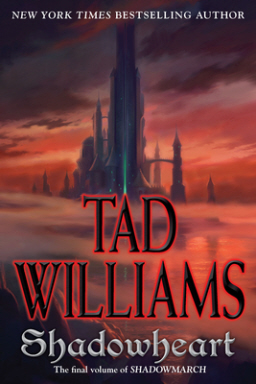

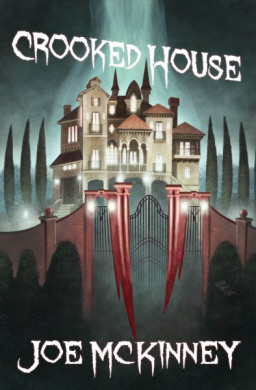
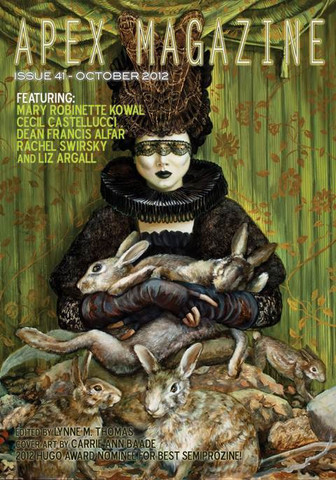 Yearly subscriptions are available through the Apex website and Weightless Books. For $17.95, $2.00 off the normal subscription rate, you can have 12 months of Apex Magazine delivered to you in the file format of your choice: ePub, mobi, or PDF. That’s at least 24 brand new short stories dropped into your eager little hands for the price of an anthology. Plus, you get the reprints, poetry, nonfiction and interviews. Quite a deal, right?
Yearly subscriptions are available through the Apex website and Weightless Books. For $17.95, $2.00 off the normal subscription rate, you can have 12 months of Apex Magazine delivered to you in the file format of your choice: ePub, mobi, or PDF. That’s at least 24 brand new short stories dropped into your eager little hands for the price of an anthology. Plus, you get the reprints, poetry, nonfiction and interviews. Quite a deal, right?